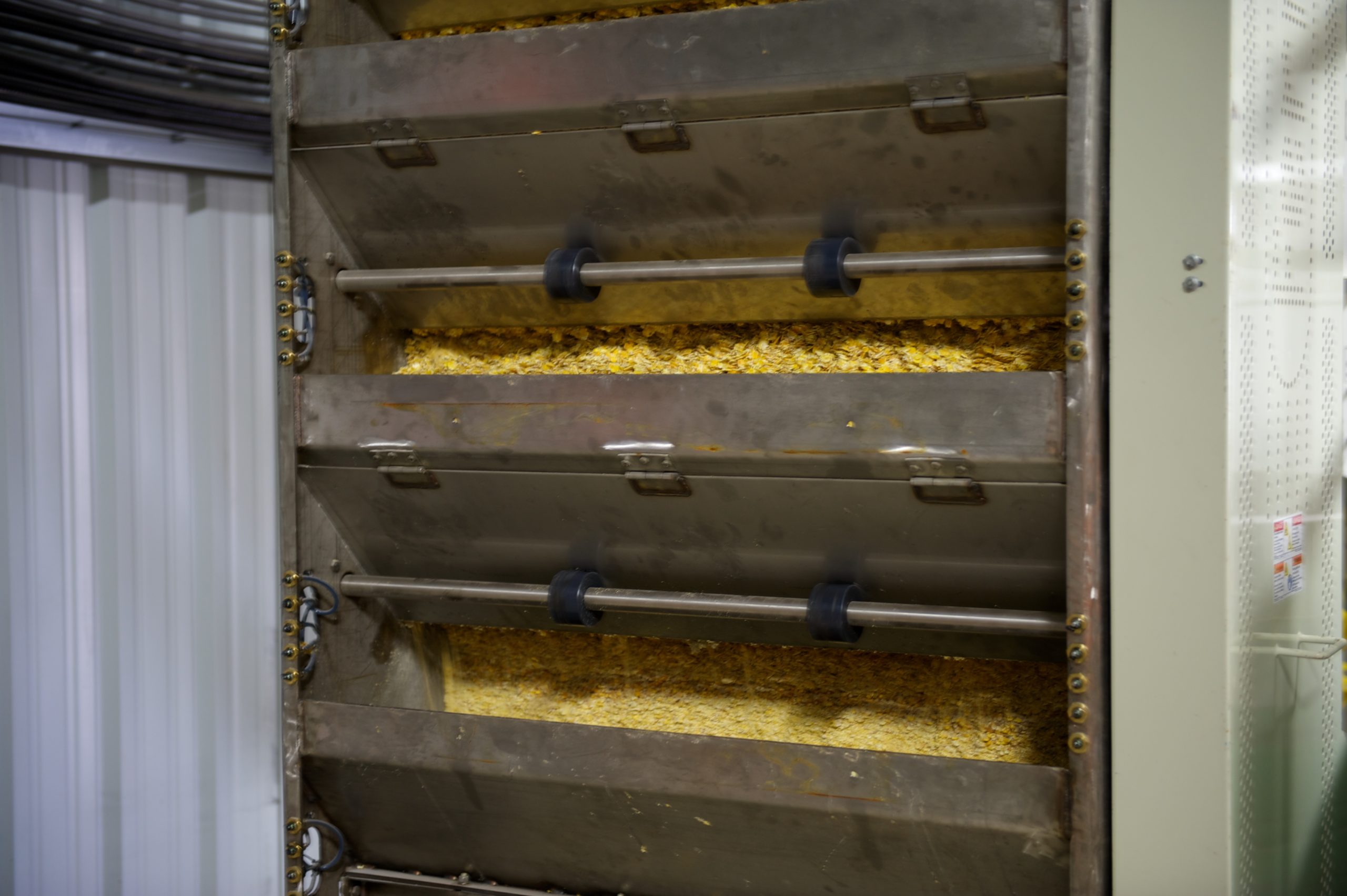The Food and Drug Administration (FDA) was planning to release new food safety and traceability guidelines in March 2020, but the new rules will incorporate additional safety practices to prevent the spread of COVID-19 and other infectious diseases. While the coronavirus doesn’t seem to affect food, the FDA is looking to modernize its approach to food safety in light of the pandemic.
The agency hopes to use the latest technology, including artificial intelligence, the blockchain, and the internet of things (IoT), to prevent the spread of food-borne illness and disease. The agency will use these tools to improve oversight of the feed mixing industry while making it more agile. Regulators hope to conduct a mix of in-person and remote inspections, which would substantially increase their reach across the country.
Digital devices will help track and monitor the flow of agricultural products. In the event of an outbreak or product recall, the agency can use these tools to quickly limit the distribution of these products while homing in on the source of the contamination. Containers and shipments of feed will need to be scanned and logged in the system as they move through the supply chain. Regulators and managers will then be able to identify the exact location of the feed in real-time.
Overall, these changes are meant to make the entire industry more resilient. Digital technology can reduce food waste and the spread of food-borne illness. Instead of disposing of an entire batch of feed in the event of an outbreak, managers and regulators can quickly identify which batches have been infected and which have not, so these products don’t have to go to waste.
It’s not clear when the new rules and regulations will be released to the public. As promising as these changes may seem, some have criticized the FDA for relying on technology that may be out of reach for some feed mills. Many independent suppliers and producers may not have the means to implement this technology, which would make it difficult to comply with the new regulations.
However, the IoT, artificial intelligence, and the blockchain can help reduce inefficiencies that affect producers and consumers. The more we modernize the food supply chain, the safer the end consumer will be. Keep these regulatory changes in mind as you consider upgrading the feed mixing process.
Contact the professionals at Halverson Company to learn more about the latest feed mixing technology and our custom feed mill design builds.

